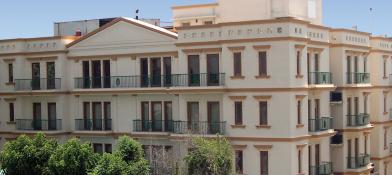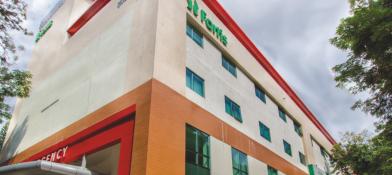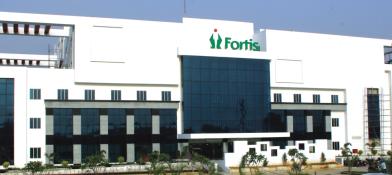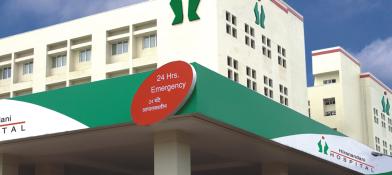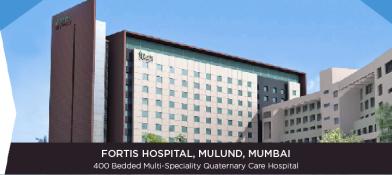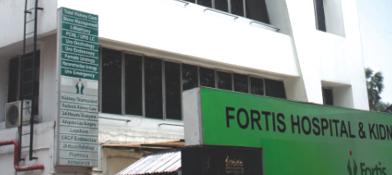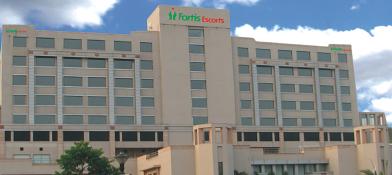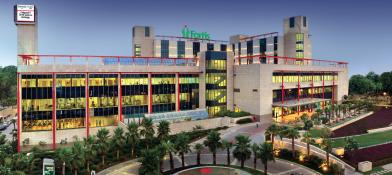Coronary Angioplasty and Stents
What is Coronary Angioplasty
Coronary angioplasty refers to a procedure to open obstructed blood vessels of the heart. Coronary angioplasty treats vessels, known as coronary arteries, which supply blood to cardiac muscles. A tiny balloon on a narrow tube, referred to as a catheter, is utilised to widen a clogged artery, and enhance flow of blood.
Angioplasty is often followed by the placement of a miniature wire mesh tube known as a stent. The stent aids prop the artery open and lessen the chance of the artery narrowing again. The majority of stents are coated with medication that aids keep the artery open.
Angioplasty as well as stent placement may be a planned procedure to enhance blood flow to the cardiac muscles. The procedure also may be utilised as emergency treatment for a heart attack. Coronary angioplasty and stent placement also are referred to as percutaneous coronary intervention.
What to Expect Before the Procedure?
Sticky patches known as electrodes are kept on individual’s chest to assess heartbeat. Individual’s blood pressure also is checked. Individual’s vitals - heart rate, pulse, blood pressure as well as oxygen level are continuously checked before, during and post the procedure. A member of healthcare team may shave any hair from the body portion where a flexible tube known as a catheter will be put. Coronary angioplasty as well as stenting are typically performed in the hospital in a room with special X-ray as well as imaging machines.
What to Expect During the Procedure?
A medical professional inserts an IV into arm or hand. Individual gets medications to aid relax. The quantity of sedation needed for coronary angioplasty and stenting relies on health conditions and why individual is having the procedure. Typically, individual is awake during angioplasty. But some people may need a combination of medications that puts them to sleep during the procedure. This is called general anaesthesia.
Fluids and other medications, like blood thinners, also are administered through the IV. The site where the catheter goes is numbed. Then, the doctor makes a minor cut to reach the blood vessel. The catheter is put into the blood vessel and guided to the heart. Dye moves through the catheter. The dye aids blood vessels show up more clearly on the X-ray images. Doing this aids the doctor check for blockages in the heart arteries. The results aid doctor decides whether to continue with the angioplasty.
Angioplasty and Stent Placement
Angioplasty refers to the process of opening an artery by inflating a balloon. A stent is a mesh coil which aids hold the artery open. Most stents slowly release a medication that prevents the artery from re-narrowing.
During angioplasty and stenting, flexible tubes known as catheters and a balloon are utilised to reopen an obstructed artery. A catheter with an uninflated balloon on the tip is directed to the obstructed artery. The balloon inflates, dilating the artery. The balloon is deflated and taken out. A stent is placed at the narrowed part to aid keep the artery open.If there are multiple blockages, the process may be done again and again. Individual might feel pressure in the area where the catheter is inserted. Individual also may feel some mild discomfort when the balloon is inflated. The procedure and recovery typically take several hours.
What to Expect After the Procedure?
How long an individual stays in the hospital post angioplasty as well as stenting depends on why the procedure was done. When an individual returns home, he/she should rest and drink plenty of fluids to aid remove the imaging dye from the body. Individual can expect the following post coronary angioplasty and stenting:
- Blood-thinning medications: Post getting a stent, individuals may require taking medications to prevent blood clots.
Medical professional may recommend taking aspirin with another medication, such as
- clopidogrel
- ticagrelor or
- prasugrel.
- Restrictions on physical activity: Do not do vigorous physical activity or pick up heavy entities for at least 24 hours post coronary angioplasty and stenting.
- Cardiac rehabilitation: Individual’s heart doctor may suggest a personalized program of exercise and education known as cardiac rehabilitation. It typically comprises exercise training, emotional support, and education about a heart-healthy lifestyle. The supervised program is tailored to improve health in those with cardiac ailment. It's often advised after a myocardial infarction or heart surgery.
Benefits of Coronary Angioplasty and Stents
The perks and risks of angioplasty and stenting are different for everyone and depend on the seriousness of individual’s cardiac ailment, age, and complete health. The benefits of angioplasty and stenting can comprise:
- relief from or less pain
- relief from or less breathlessness
- relief from or less tiredness
- more energy – with better blood flow to the heart, routine tasks and physical activities become easier as well as more enjoyable.
- better mood and mental health
- a reduced likelihood of cardiac myocardial infarction and stroke
Navigating Risks of Coronary Angioplasty and Stents
All types of medical procedures come with risk. With angioplasty and stenting, predominant complications can comprise:
- bleeding, bruising/ an infection where the catheter tube is placed into the body (in the wrist/groin)
- blood clots – these can form within stents even post the procedure, so it’s crucial to take any prescribed medication such as aspirin and anti-platelet drugs like clopidogrel.
The likelihood of major complications during an angioplasty is usually less than one percent. Rare risks of angioplasty and stenting comprise:
- complications post or during the procedure, like a heart attack or stroke.
- a hypersensitivity reaction to the contrast dye utilised during the procedure.
- unusual damage to the coronary artery during the procedure
Conclusion
To summarise, Angioplasty is a procedure to open narrowed or clogged blood vessels that supply blood to the heart. These blood vessels are known as the coronary arteries. A coronary artery stent refers to a miniscule, metal mesh tube that expands within a coronary artery. A stent is usually placed during or immediately post angioplasty. It aids prevent the artery from closing again. A drug-eluting stent has medication embedded in it which aids prevent the artery from closing in the long term.









